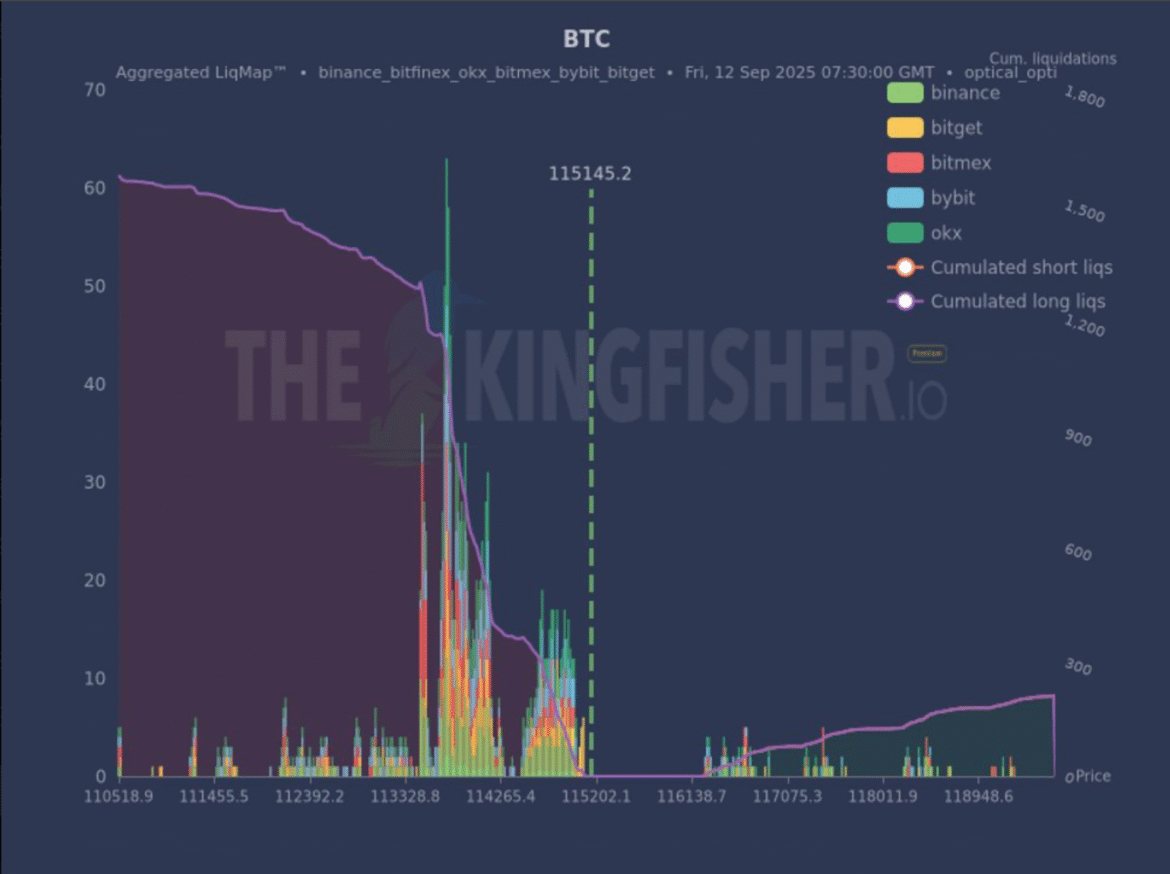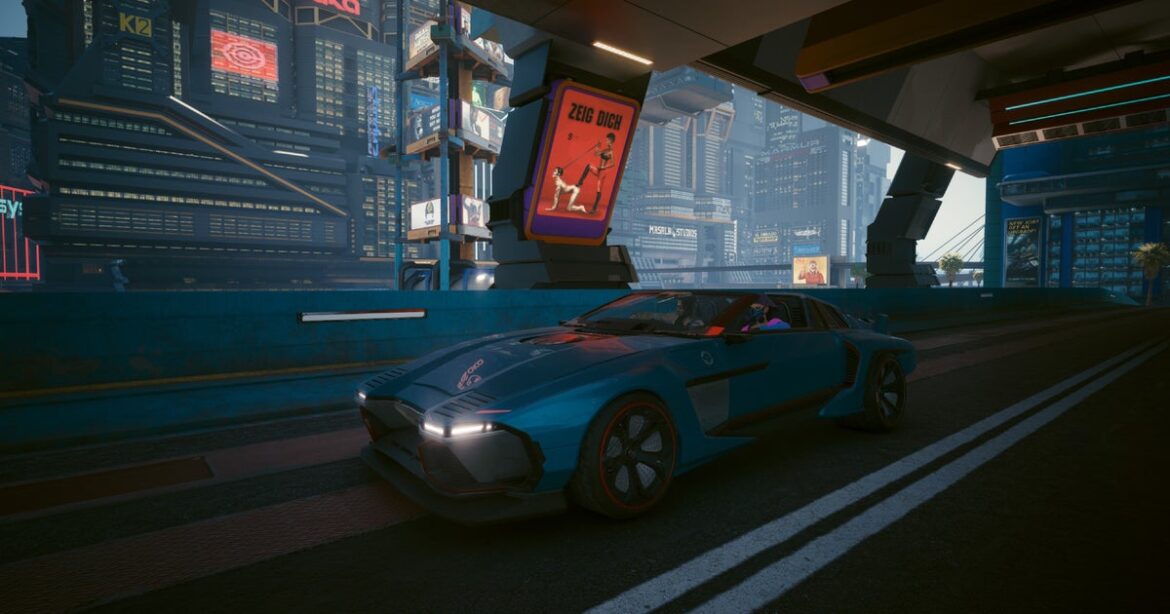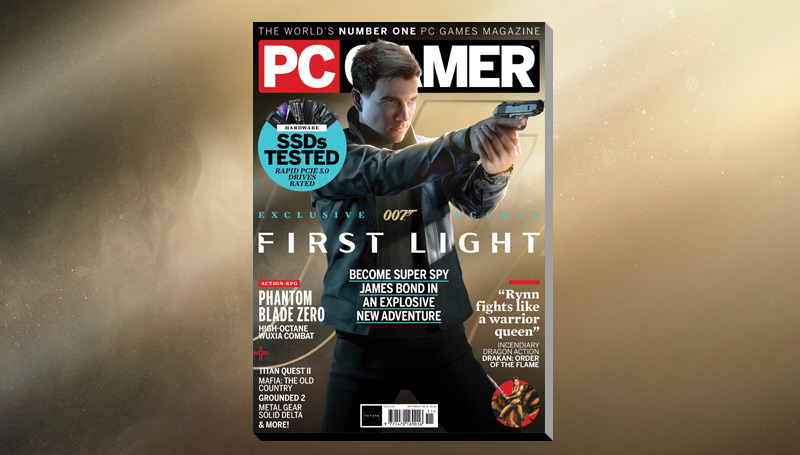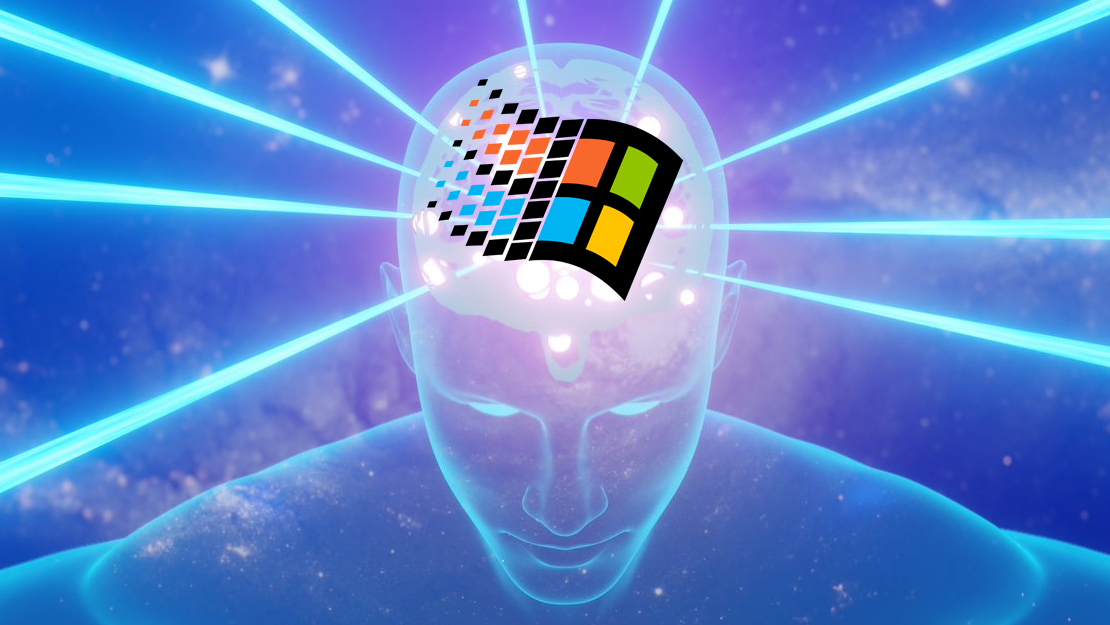Whenever there is word of a video game’s release date being changed, it’s hardly ever surprising because nine times out of ten, it’s because it has been delayed. That’s just the way things are these days, no one can have the luxury of Team Cherry, who took so long making Silksong just because they were having fun. However, in this case, the release date shifting news is actually a positive one, as Dying Light: The Beast will be launching just that little bit earlier.
By little bit, I truly do mean only a tiny amount. The game was originally slated for release on September 19th, and now it’s coming out… September 18th! I do genuinely wonder how such a miniscule change will make any difference to Techland’s bottom line, but I’m no accountant, or, I don’t know, money line go up predictor, whatever that particular job might be called.
In a press release, Dying Light franchise director Tymon Smektała said that because they know the game is ready, they wanted to “do something special for our players,” so they pushed themselves to “make the impossible possible,” which translates to one day less that everyone has to wait for it. Feels like a slightly hyperbolic way to present such a tiny release date bump, but I suppose it is always nice to see this as opposed to yet another delay.
Also, as another form of thanks to those who have or will pre-order the game, some kind of “exclusive new reward” will be in store for them. Can’t tell you what that is, not because it’s a secret, but because proper details will be coming during launch week, i.e. next week.
Our own Edwin got to have a little jaunt through the upcoming open world game earlier this year which he described as “on the whole, quite jolly.”










